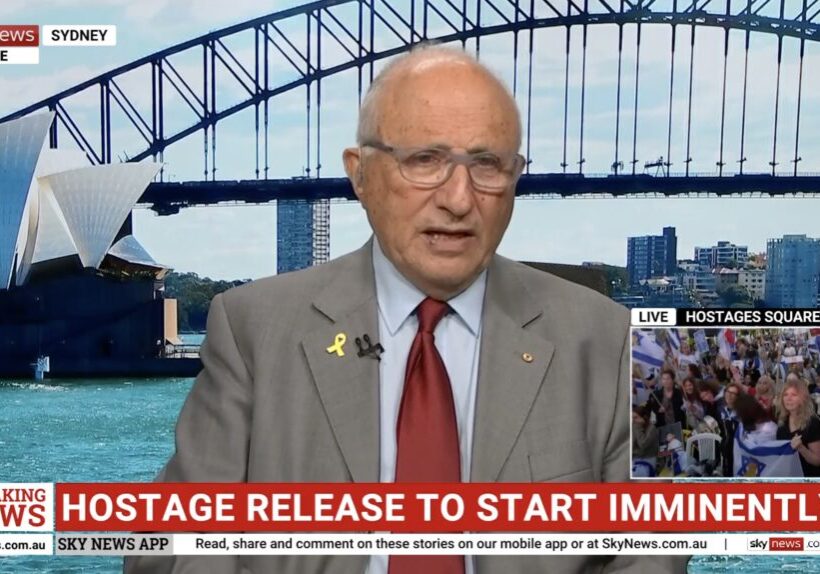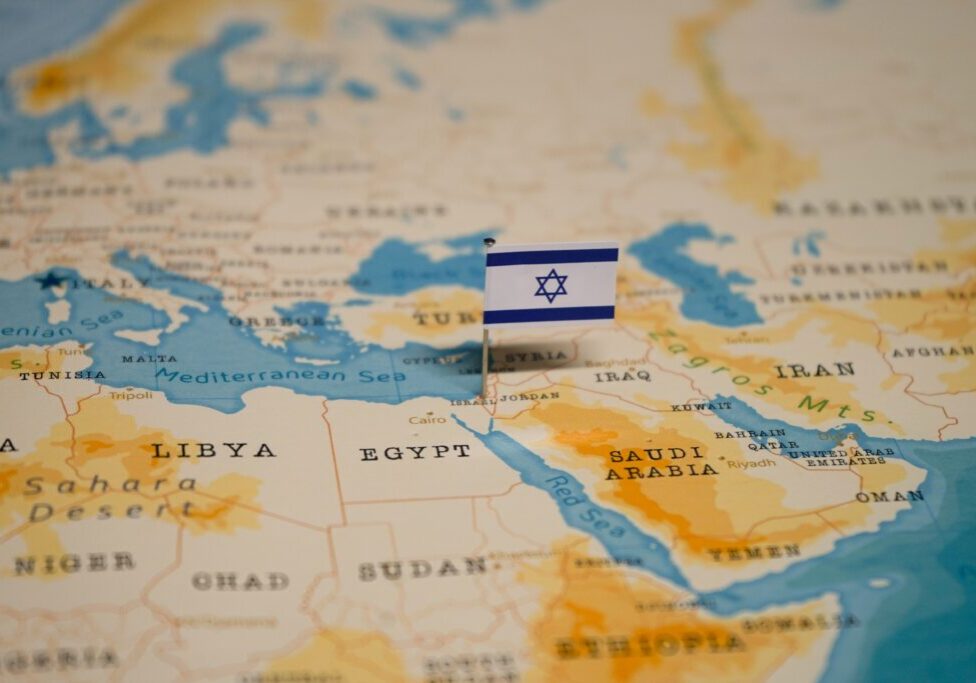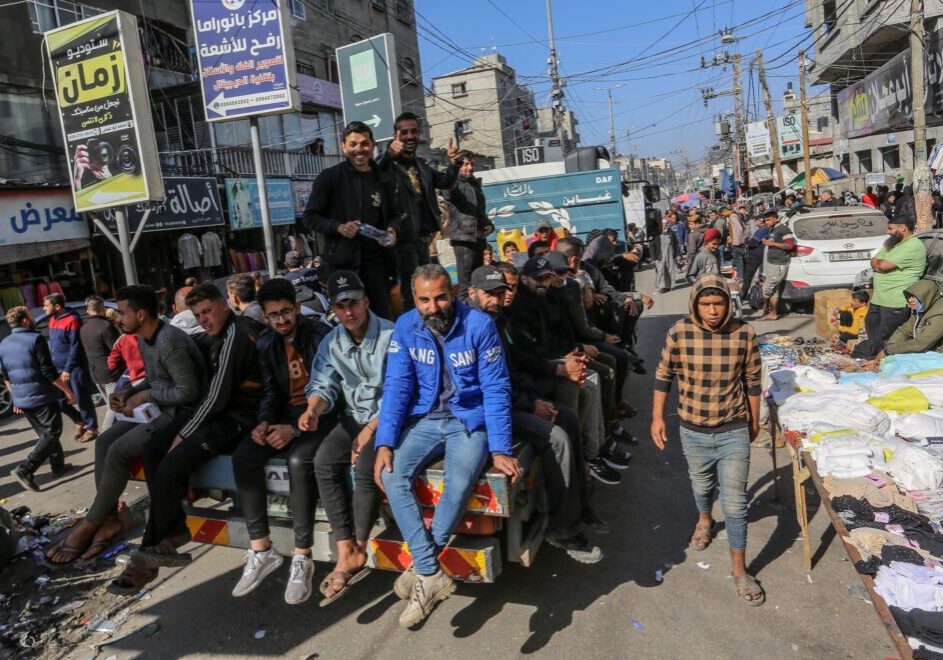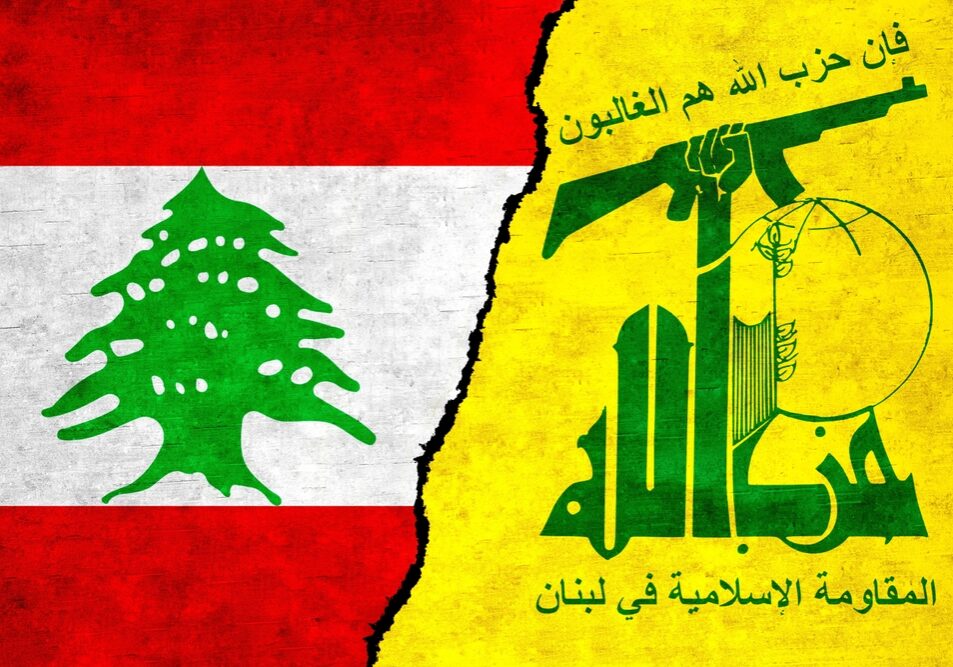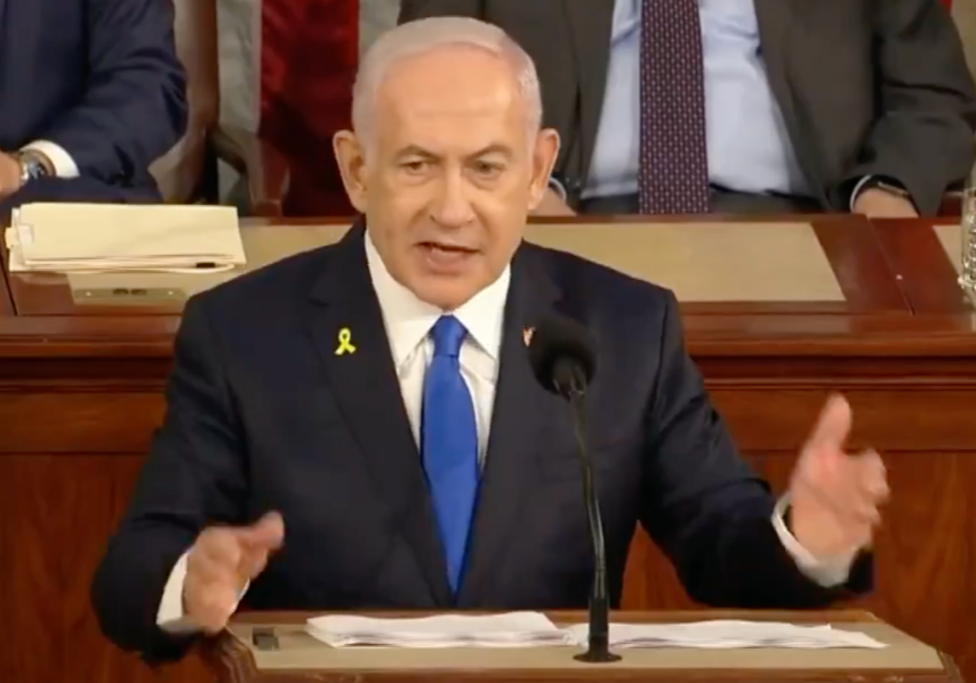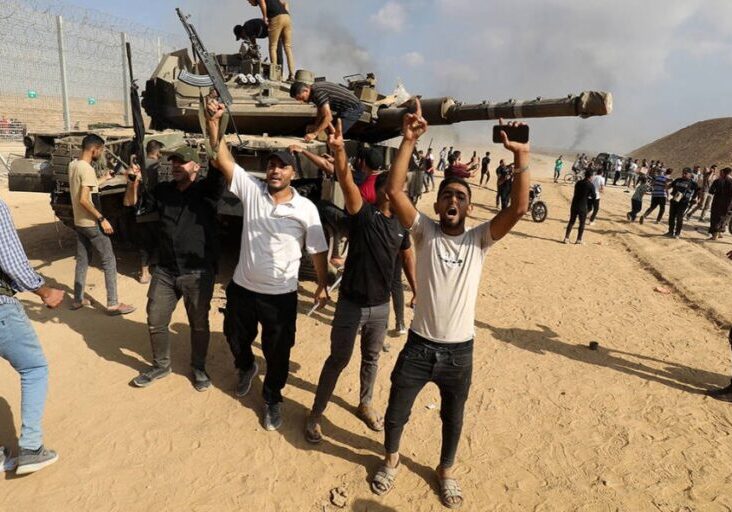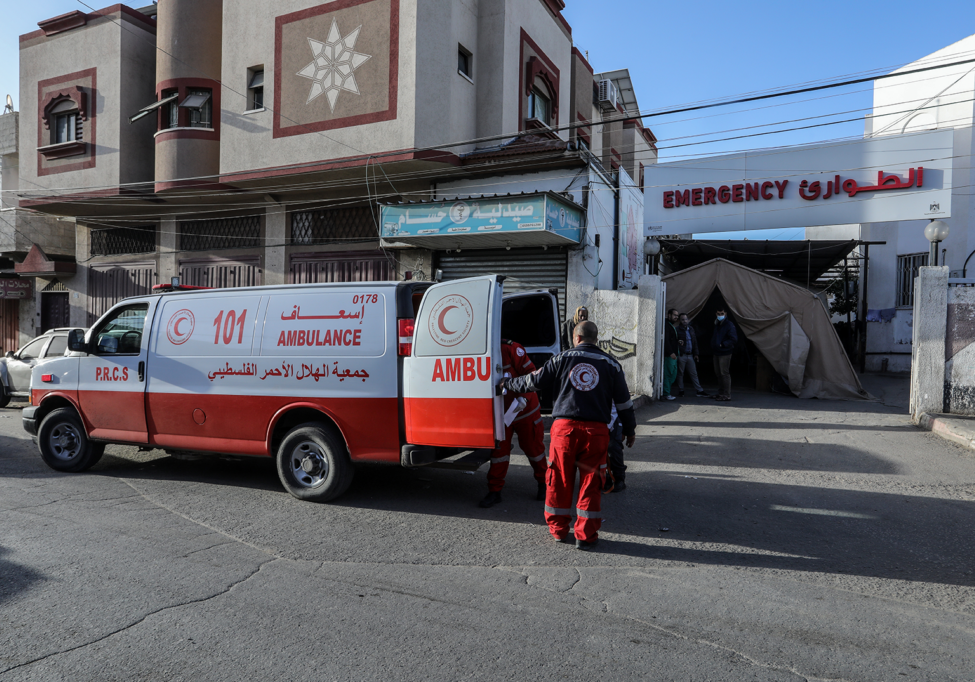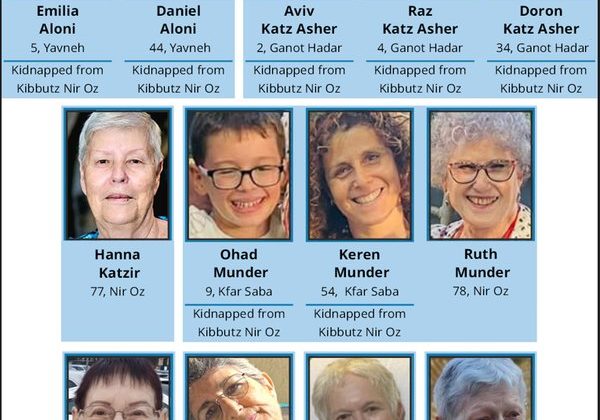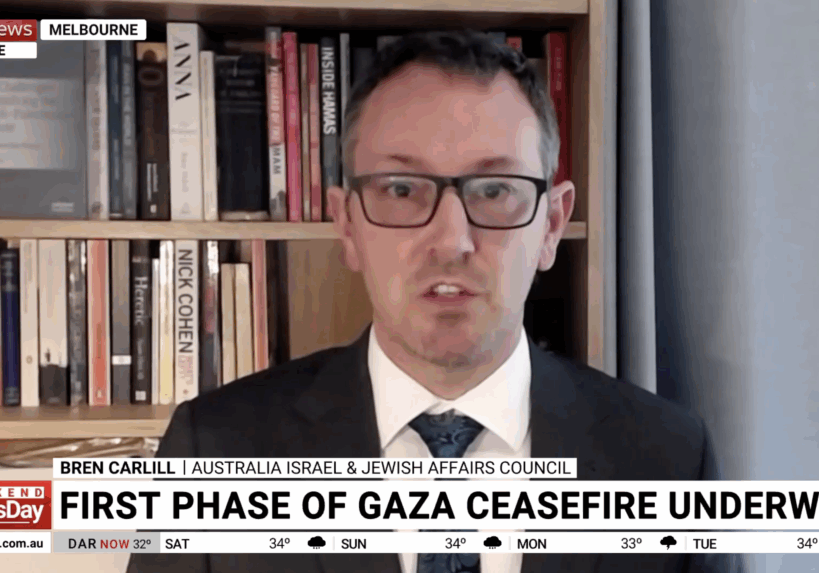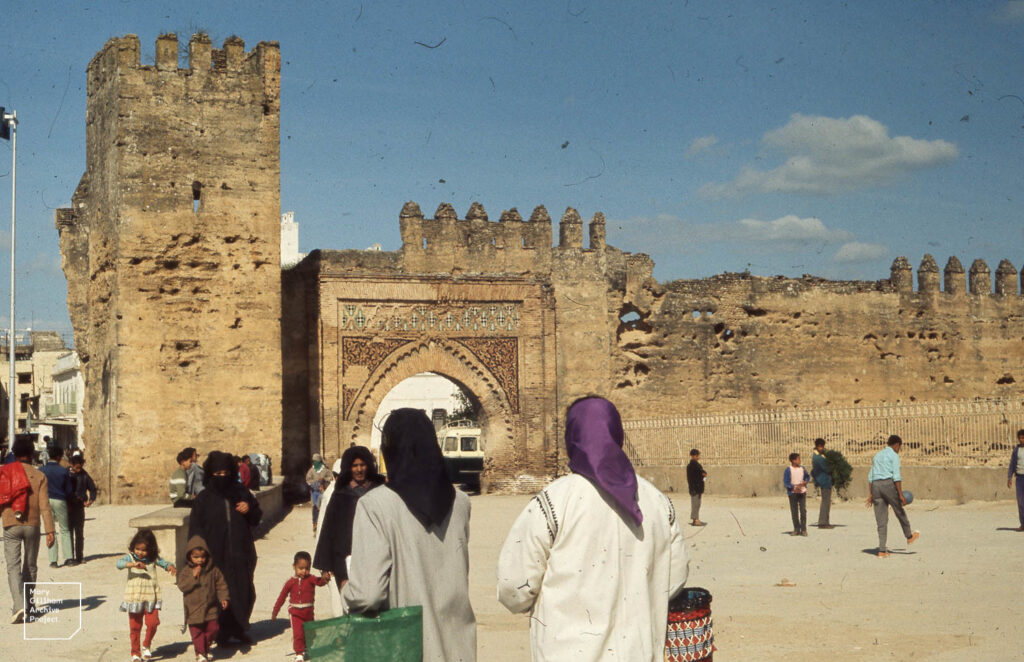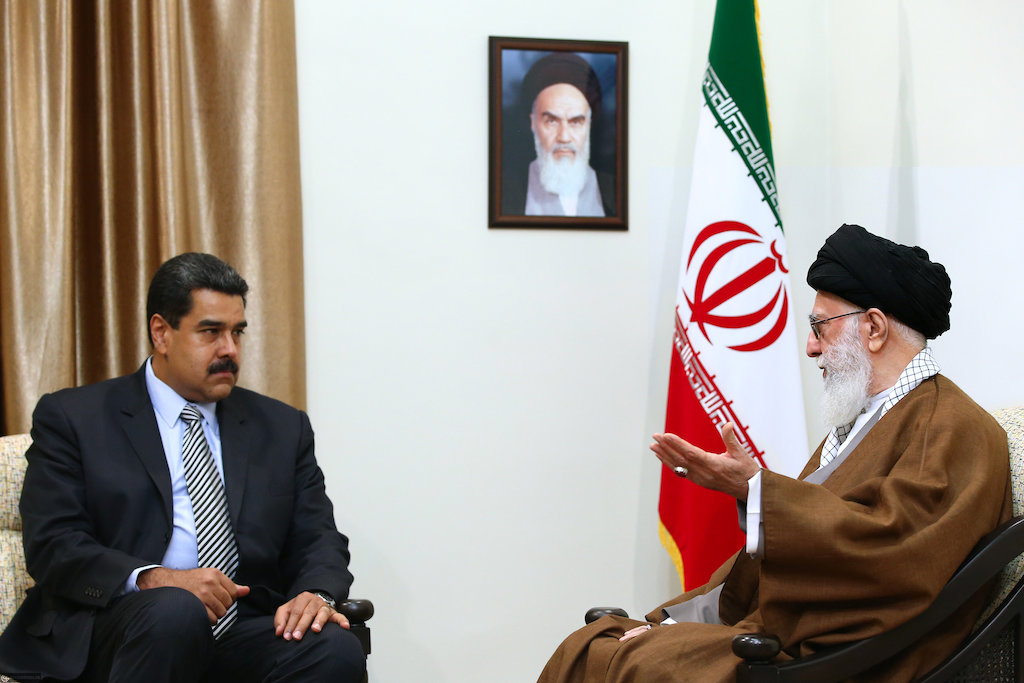FRESH AIR
Five timely takes in the Hebrew media on the war with Iran
June 16, 2025 | Ahron Shapiro
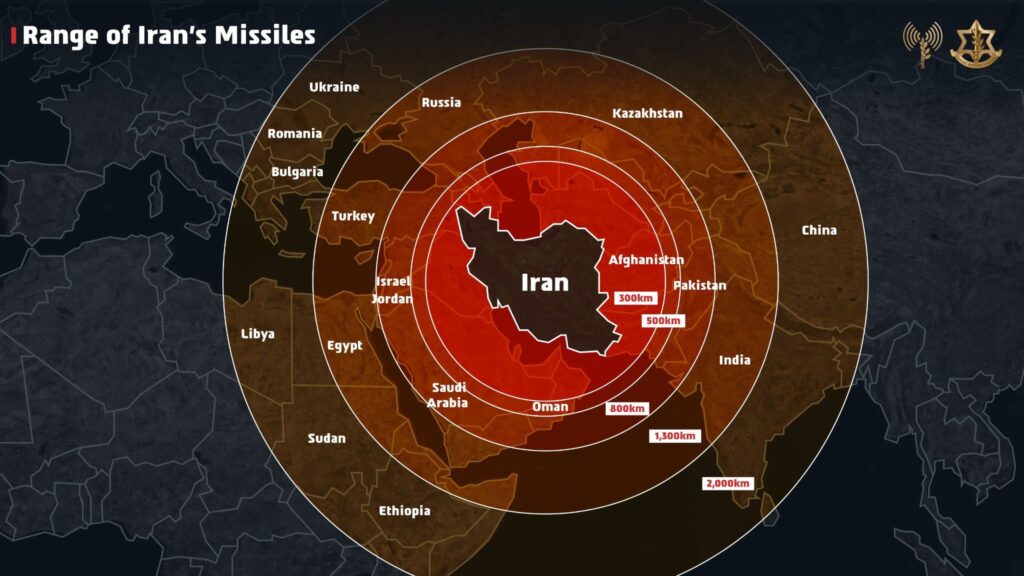
At a time when Israeli cities are coming under unprecedently large and prolonged ballistic missile and drone attacks from Iran with no end in sight, the need for timely and accurate analysis and commentary is greater than ever. Unfortunately, the vast majority of such material is available only in Hebrew. Thanks to advances in transcription and translation services, AIJAC is pleased to provide a selection of five articles of interest that appeared in Hebrew over the past day on television, radio, in print media and digital format, translated into English with the assistance of AI.
These include:
- Ynet/Yedioth Ahronoth’s Investigative journalist Ronen Bergman on Iran’s colossal misreading of Israeli resolve to prevent Iran from building a nuclear bomb
- Walla’s senior military analyst Amir Bohbot on Iran’s missile capabilities
- On Channel 12’s evening news, National Security Council Chairman Tzachi Hanegbi is interviewed by Yonit Levi
- Intelligence expert and strategist Yossi Kuperwasser, on Army Radio, giving his insights into the confrontation with Iran
- Also on Army Radio, Journalist and former Mossad agent Gad Shimron discusses the possibility of the toppling of the deeply unpopular Iranian regime
###
“The Collapse of the Iranian Concepcia”
Investigative Journalist Ronen Bergman
[Excerpt]
Over a period that is but a blink of an eye in history – only about a year and eight months – three of the strongest military powers in the Middle East have suffered humiliating defeats on the battlefield. These defeats would not have occurred were it not for their absolute reliance on complete strategic surprise by the attacker.
This astonishing fact becomes even more astonishing when one examines the initial conditions more closely: in each of the three surprises, the attacked side had dozens of signs that “any halfway competent intelligence officer – even if he were the intelligence officer of the Martian army, an alien who hadn’t been here for even a minute and knew nothing about Earth intelligence – if he looked at those signs for two minutes, even he would immediately say: are you crazy? This is about to be a war. Mobilize everyone immediately.”
The leadership in Tehran suffered from the same blindness, arrogance, and overconfidence of those who think they know the enemy well – similar to the hubris of Nasrallah in September ’24, or that of Israel in October ’23. As in the previous two cases, the third military power to be struck ignored the clearest signs of what was about to happen – and took the most painful blow in its history.
However, it is still a blow, not annihilation. This is a war in which both sides are sustaining heavy damage and will pay a very steep price. With another salvo of rockets fired at Israel last night, it is still hard to understand what the war’s objectives are – and even harder to understand what the exit strategy might be.
###
How is it that missiles are still being launched at Israel? | The focus, the defence layers – and Iran’s vulnerability
Iran thoroughly analysed the capabilities of the IDF, with an emphasis on the Air Force – and launched an accelerated process of deploying air defence systems throughout the country. In an attempt to defend the Iranian home front, the doctrine also included three configurations for launching ballistic missiles – which still threaten Israel.
Senior Military Analyst Amir Bohbot
Iran thoroughly analysed the capabilities of the IDF, with an emphasis on the Air Force – and launched an accelerated process of deploying air defence systems throughout the country. In an attempt to defend the Iranian home front, the doctrine also included three launch configurations for ballistic missiles – which still threaten Israel.
The doctrine of the Iranian Revolutionary Guards and the Iranian army regarding the ballistic missile and launcher array has focused for about 20 years on three levels: very advanced defence industries capable of reproducing and copying technologies, the development of independent capabilities, and serial production of launchers and missiles of various types.
According to IDF assessments, at the outset of the Israel–Iran war, about 2,000 ballistic missiles of various ranges, warhead types, and weights threatened the Israeli home front via only a few hundred launchers.
Missile and launcher survivability
The Iranians thoroughly analysed the IDF’s capabilities – with an emphasis on the Israeli Air Force, which developed the ability to operate in the third circle (Iran, Yemen, and Iraq) – and correspondingly made significant efforts to upgrade the survivability of combat systems, weapons stockpiles, unmanned aerial vehicles, and missiles.
To that end, they began an accelerated process of deploying air defence systems throughout Iran – locally produced, from Asia, and the Russian-made S-300 system. The primary purpose of these systems was to form a central defence layer against aircraft and missiles that might threaten the Iranian home front.
Second defence layer
The Iranian doctrine included three methods for launching ballistic missiles: mobile launcher, fixed launcher, and underground launcher, in order to enhance survivability in a war scenario in which the Iranian home front would be under attack. First, the missile storage dispersal method was across Iran and not concentrated in a small number of sites. For example, in the last 24 hours, the Air Force attacked bases and launch sites in Kermanshah on the Iran-Iraq border and destroyed missile stockpiles.
One vulnerability remained in the background: centralized control of operational plans. According to the doctrine, forces have no independence to act in an emergency – and therefore, after targeted eliminations of senior officials, disruption of the decision-making process in the Iranian leadership, and severe damage to command and control, commanders and field forces struggled in the first 24 hours to carry out barrages against the Israeli home front. This was due to the fact that they did not understand what the policy was.
——–
“The Main Edition”
National Security Council Chairman Tzachi Hanegbi
News Anchor Yonit Levi: Are we trying to bring down the Iranian regime?
Tzachi Hanegbi: I think any sane person in the world – not just in Israel – would be thrilled to see this abominable regime, this murderous, cruel regime, fall and be replaced by peace – seeking people. Can we define that as a goal for ourselves? No.
Because the goal of the plan – the directive that the Prime Minister brought to the cabinet and the military apparatuses, primarily the army, about a year ago – is: “I want to remove the nuclear threat.”
The best way to remove the nuclear threat is a regime that doesn’t want nuclear weapons. But that’s not something we can kinetically accomplish at this point.
Yonit Levi: Meaning, it’s something we’d be happy to see happen, but we’re not working toward it?
Tzachi Hanegbi: We’re not working toward it, but it’s very possible – there’s a chance, not a high one, but a chance – that this process, in which Iran is isolated, weakened, losing its grip on that Shiite axis that was all deeply committed to harming Israel, could have longer – term results and consequences. It’s unlikely to happen in the current days.
Yonit Levi: In your estimation, is the rocket fire on Israel likely to intensify in the coming days?
Tzachi Hanegbi: Iran’s interest is to try to cause as many casualties as possible among us, to strike strategic assets – both military and civilian – and to kill people.
They know that a missile like that – it’s like a giant bus falling from the sky at Mach 6 speed onto a population – causes casualties.
That’s why, in the cabinet meeting that ultimately approved the plan, there was no jubilation.
There should have been a remarkable sense of elation, because truly, the plans the army brought, the capabilities they presented, were such that should have filled us all with a kind of joy. But we knew there would be costs. There’s no such thing as a one – sided war.
###
“Afternoon Diary”
Army Radio (Hebrew), June 15, 2025
Intelligence Expert Yossi Kuperwasser (Misgav Institute, former head of the research division in the Israel Defence Force (IDF) Military Intelligence division and Director General of the Israel Ministry of Strategic Affairs)
Host Amir Ivgi: Well, Brigadier General Kuperwasser, really one of Israel’s top intelligence figures in recent decades, closely following developments in Iran, both during your military service and in your current role.
How do you see this operation since its beginning, Yossi?
Yossi Kuperwasser: I think it’s a very, very important operation because it changes the strategic picture for all the players in the Middle East and beyond. I think what Israel is doing now is completing the move that began with the weakening of Hezbollah to the point of paralysing it, and with the attacks that took place in Iran last year. We are now truly dismantling this dangerous and problematic Iranian axis.
We are dismantling the infrastructure it tried to build, and in some places had already built. We’re doing this just in time, before the Iranians could complete their move toward developing a nuclear weapon. As a result, we are creating the opportunity for a much quieter and more stable Middle East, in line with our aspirations.
Amir Ivgi: You were there at the beginning, or a little after the beginning, 2001–2006 – those were the years when you headed the Research Division in Military Intelligence. When we talk about Iran’s nuclear program, which dates back more or less to the mid – 1990s, can you understand what led Iran, in recent weeks or months, to move toward the breakthrough they tried to make?
Yossi Kuperwasser: Yes, I think that precisely the fact that the Islamic axis was weakened, and its proxies were undermined over time, created in Iran a growing need to compensate for this weakness by moving toward the production of nuclear weapons. That option was always available to them, but in the past year they accelerated their steps in that direction.
And fortunately, also as a result of various other developments, the international community has finally dared to tell the truth about the Iranians and to point the finger of blame at them over their attempts to develop nuclear weapons.
Amir Ivgi: The international community, it must be said, dragged its feet on the Iranian issue for many years.
Yossi Kuperwasser: Yes, yes, absolutely. This whole matter of demonstrating to the international community the true intentions of the Iranians was a long – standing effort. Despite some success in that, it was always less than what we hoped, and that was reflected in the JCPOA, the nuclear agreement.
Amir Ivgi: The nuclear deal in 2015, yes.
Yossi Kuperwasser: In 2015. When all our efforts to explain that this deal was dangerous, and that in the end it would pave the way for the Iranians to reach a large arsenal of nuclear weapons, fell on deaf ears. Everyone just wanted quiet now instead of solving the real problem. And now, finally, we are dealing with solving the real problem.
Amir Ivgi: Yes. Brigadier General Kuperwasser, when we talk about absolute terms like the destruction of Iran’s nuclear project, or delay – what term would you choose as a realistic goal for this war?
Yossi Kuperwasser: A realistic goal of this war is to leave Iran without a nuclear weapons project. That also includes the ballistic missiles, because the ballistic missiles serve as the delivery systems for nuclear warheads – if Iran were to have a nuclear weapon. Therefore, we need to deal with their entire enrichment infrastructure, with their weapons program, and with their missile systems, so that Iran has no capability to develop nuclear weapons.
This will take time. We have already hit many components. We have demonstrated operational aerial freedom over Iranian skies, which allows us to continue striking targets in Iran’s facilities.
But since this program is so broad – both the missile program and the nuclear weapons program itself are so extensive – it will take time to damage these infrastructures in a way that will prevent their rehabilitation. This will take another week or two.
Amir Ivgi: Yes, but as someone who obviously knows the components of this program closely – and naturally also the targets that derive from our desire to delay or destroy parts of this program – how do you assess the pace so far, Yossi?
Yossi Kuperwasser: The pace is very impressive. First of all, in the opening moves, nine scientists were hit, and it’s important to understand that scientists are a very significant asset in this program. Nine nuclear scientists were eliminated.
We already hit that component, the conversion facility in Isfahan, which is used to convert enriched uranium gas into metal – that’s a very important stage in the process of developing nuclear weapons. We’re striking the enrichment facilities, and we’re hitting other installations, and we have already created a very significant effect.
Even the ballistic missile array is being disrupted – not to the same extent yet, but it’s in the process of being targeted. And the fact that we have demonstrated air superiority allows us to continue doing what’s necessary with relative freedom.
###
“Five in the Evening”
Army Radio (Hebrew), June 15, 2025
Journalist and former Mossad agent Gad Shimron
[Excerpt]
Gad Shimron: They talk about Iran, and forget – and I think this needs to be emphasized more and more by the Israeli government – we have no confrontation with Iran, with the Iranian people. Iran and Israel 46 years ago were the best friends in the Middle East.
The clash of interests between us right now in this terrible war is only because of the leadership. Israel and Iran, ancient peoples, with tradition.
Host Yaron Vilensky: This operation is capable of causing them to fall.
Gad Shimron: Look, I think that throughout the world, they are talking about it, not if at all, but when they will fall…. In Baluchistan, which is a province in eastern Iran, for years there has been a rebellious movement there, which of course is called by the regime a terrorist movement. The same thing exists in the Arab regions of Iran.
We see Iran as one entity, but among the 90 million inhabitants, 60 – 70 million hate the leadership, longing for the day they fall. Of course, they are under an oppressive regime, and therefore there are no demonstrations every day, but in the end, in my opinion, the leadership will fall, and Iran will become good friends again.
The question is whether it will happen before or after, when the leadership has a finger on the red button.
Tags: IDF, Iran, Israel, Operation Rising Lion
RELATED ARTICLES
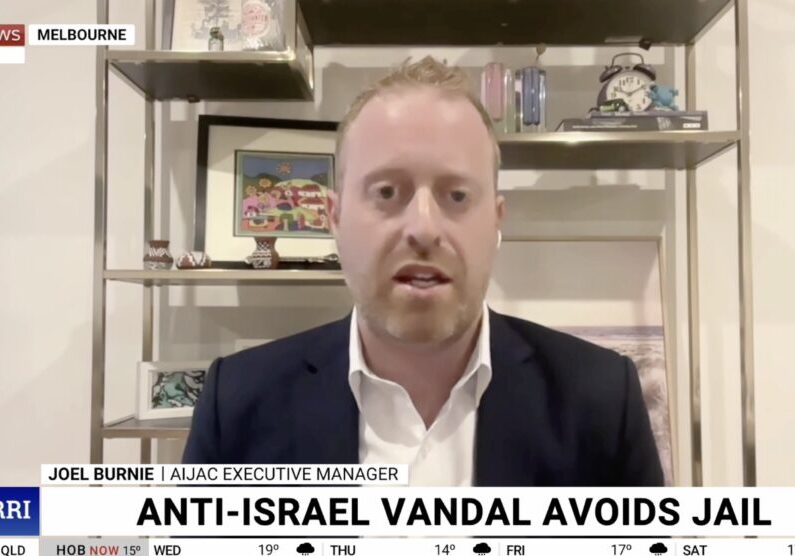
Sentencing for antisemitic vandalism “manifestly inadequate”: Joel Burnie on Sky News

“Bittersweet” aftermath of hostage release deal: Joel Burnie on Sky News
